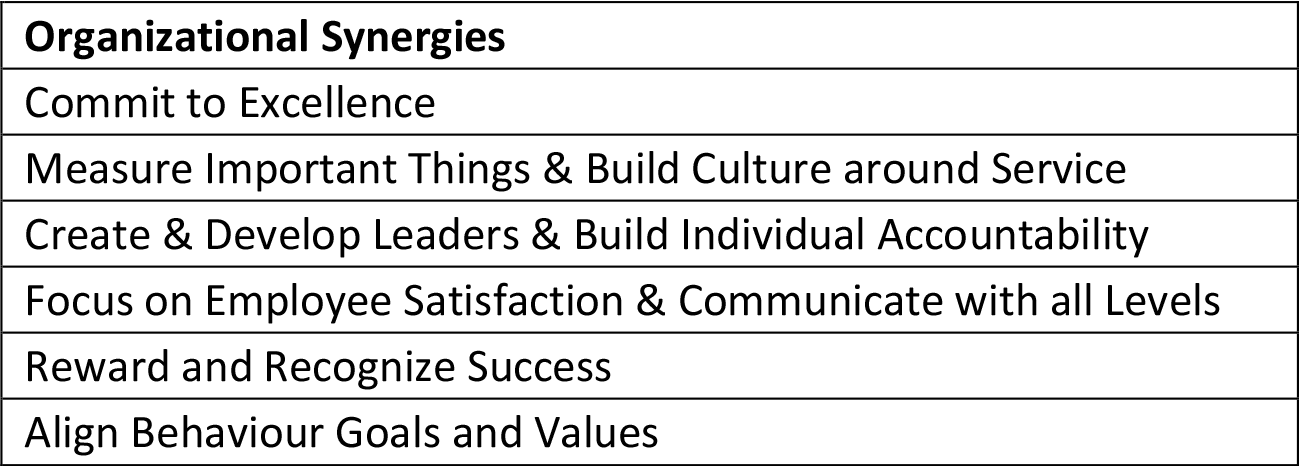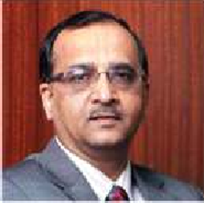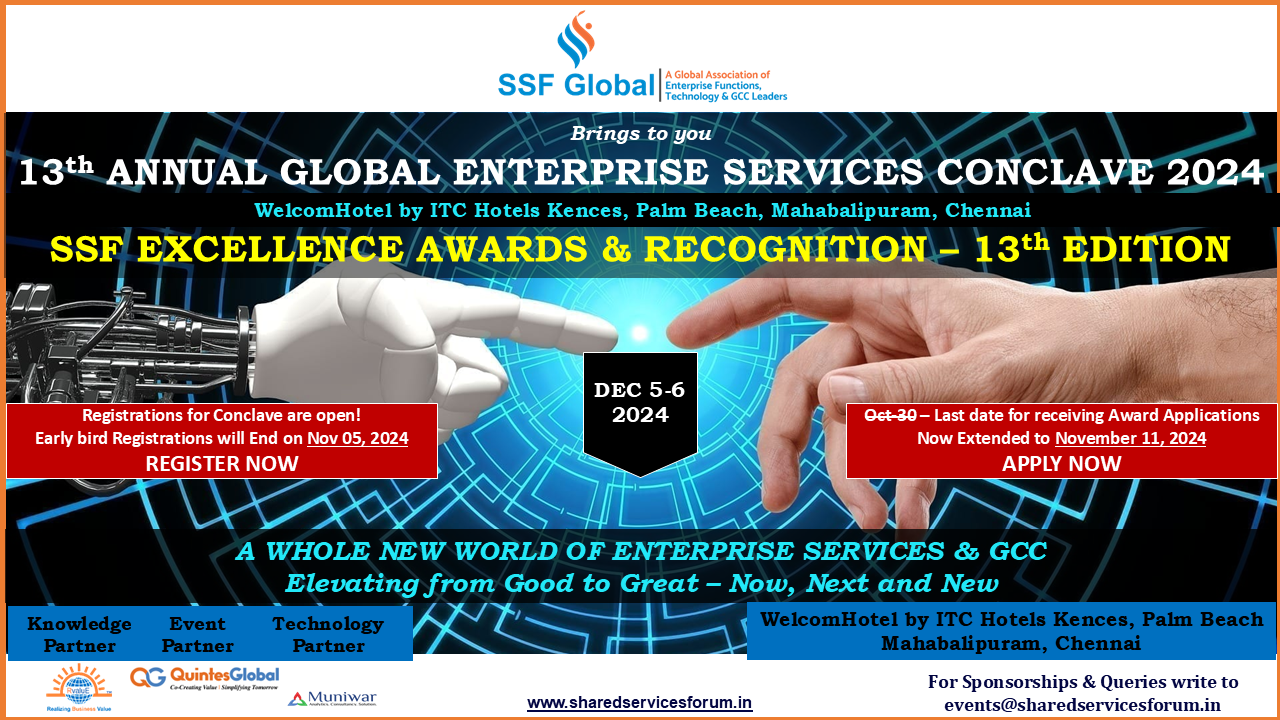
Would you like to start a conversation with other industry leaders to brainstorm a challenge or to just know more on a particular topic?
Engage in online discussions with your Peers
Start NowA ‘Young Adult’, the Essel Group, the prominent business house with a diverse portfolio, launched in 1992, its flagship channel, Zee TV, a brand which is ‘young at heart’ in its zeal and enthusiasm to reach new summits! The geographical spread of the Zee Entertainment Enterprises LTD (ZEEL), in terms of international operations, is remarkable with a global reach in 169 countries, spread across continents, and incredible 730 million viewers, as of today!
In 2013, at the time of planning, we realized that we operate in a relatively young industry. Private Television was just about 20 year old, the Industry was yet to mature and the laws and regulations were still evolving. It required our leaders to invent and reinvent their own ways of doing the business and keep growing, something like – “dig your way and move on”. While it helped in developing entrepreneurial managerial skill, it also led to multi directional growth for various SBUs with varying speed and consistency, both at the top-line as well as the cost- line levels. Competition was intensifying and Customer behaviour was fast changing. It was important for us to keep tab on each of these changes and provide to our business managers information and support that will help them to combat and take businesses to newer heights.
The Launch
Given the above context, the Essel Group embarked on an ambitious journey in 2014 to set up a state-of-the-art Essel Excellence Centre (EEC). The focus is to build a ‘capability to serve our future growth aspirations’ and enable group companies to achieve their vision of growth by 2020, by providing ‘Service Excellence’ in multiple staff/ support functions like F&A, Procurement, IT, Infrastructure, HR & Administration. The key benefits would accrue at FOUR different levels:

Through this centre we intended to set up multifunctional global business service operation that can transform the way their business works.
Directional Alignment
Three distinct features of the EEC strategic direction need emphasis:
Hence, the centre has been planned to offer shared services across the Essel Group of companies, and set - up to become a ‘strategic asset’ with a goal to provide ‘best-in-class’ service in support functions, enabling its group companies to clearly focus on achieving Vision 2020. The journey from ‘non-centralized processes to service excellence’ required a road map of consolidation, standardization and process transformation, over a period of 4 years – 2013 to 2017.
In order to provide direction to the leadership and gain commitment of the team, we articulated the Vision and Mission of the EEC as under:
Vision Statement
To transform EEC from a Captive player to a Global BPM Player, providing solutions and services and earn worldwide respect for its Centers of Excellence
Mission Statement
Enable organizations to continually improve their business performance, achieve agility and cost-effectiveness through Process innovations, improvement and re-engineering of products & services and achieve Process efficiencies
With optimization of the To-Be Salary Costs, the break- even is expected to be ‘under 3 operational years’ with an NPV of over INR 200Mn in saves from 5 operational years!
The people driving this strategic initiative are the key to its success! Our journey over the last 18 months is very assuring from the engagement of leadership and people towards this mission and vision, well sponsored by the top management through good governance and direction!
Transaction to Transformation
The Centre is progressively planned to play an active role in business decision support. The four parts of the role identified for successful support structure being: Consolidation of Data & Transaction Processing at the formation level, automated Reporting at the operational level for better analysis, availability of bandwidth for the Controller role at the governance level and, this paradigm shift resulting in a focus on business partnering at the Decision Support level.

Robust Business Case
A robust business case development process was adopted considering future growth as well. It was a five-step methodology: Process Understanding, Stakeholder Assessment & Voice of Customer Survey, Qualitative & Quantitative Review, Future State Organization and Business Case & Implementation Road Map.
With optimization of the To-Be Salary Costs, the break - even is expected to be ‘under 3 operational years’ with an NPV of over INR 200Mn in saves from 5 operational years!
Implementation Road Map
In line with the strategic direction, the organizational scope and functional scope were established. Companies using SAP as an ERP Tool were selected as the initial scope, while a multi-functional scope approach was planned to optimize scale and interdependence of operations covering F&A, HR & Admin, IT and Common Procurement.
The Implementation Road Map was drawn from Sep 2013 to Feb 2015 with phased transition and stabilization of processes, the Centre reaching steady state in 18 months.

As the journey progressed, the Essel Excellence Centre (EEC) transformed into EBEX– Essel Business Excellence Centre.
The Implementation Road Map clearly incorporated the Technology alignments required to make the EEC operations efficient and effective. Some specific BPM Tools were identified to streamline the operations as per details given in the table.

A study for prospective locations was researched by our consulting partners based on parameters like proximity to HQ, employee concentration, efforts required for change management, labour cost, rentals, resource availability and attrition management; and Noida was found to be the best suited for setting up of the SSC.
The phased transition plan was to move business processes in Phase I to create Centres of Excellence by Phase III covering BI/BO Analytics, Tax Service, IT Services, Legal Services, Financial Services and Marketing Services.
Process Transition
There options of Process Transition approach were considered: Big Bang, Process by Process and By Entity. Given that implementing any change program within a company is always a challenge, it was important to keep it simple, and avoid 'paralysis by analysis.' Hence, 'Process by Process' across entities approach was selected and adopted, as processes are moved one by one, over a period of time, with limited risk of business and process destabilisation.
The Implementation Road Map was drawn from September 2013 to February 2015 with phased transition and stabilization of processes, The Centre reaching steady state in 18 months.
Within each major process, there was a clear segregation drawn on what processes/ sub processes will be consolidated to EEC and what will be retained based on three indicators – Readiness, Risk and Benefits – with sub parameters to guide the selection of processes for transition.
Broadly, the risks identified were on three key areas: Process Design, Technology and Change Management.
Governance
Governance is the process of decision making and the process by which decisions are implemented. Hence, an analysis of governance focuses on all the participants involved in decision-making and implementing the decisions made, as well as the structures that have been set in place to arrive at and implement the decision. The governance for EEC was defined at three levels:
-
Strategic: Group level/ leadership oversight structure ensuring EEC operates with appropriate mandate and direction
-
Tactical: Function, entity oversight structure providing EEC with guidance for the mid-term in their respective areas
-
Operational: On-going oversight structure for effective day-to-day interactions involving all areas of service
Challenge for Change
Resistance to change was the most common factor that threw up as the real challenge. This resistance occurred as the individuals perceived the change as a threat, even though the ‘threat’ was neither real nor large. Also, resistance came at two levels – HoDs, and Employees and came at two points in our journey – during process transition; and at the time of people transition.
Countering the challenge for Functional HODs:
Countering the challenge for Individual Employees:
The communication strategy adopted was the most effective change management strategy during the entire implementation phase. It included: Communication Workshops, Process Workshops, Open House Forums, Email Communication, Monthly Newsletter, Entity wise EBEX workshop and Training workshop. The key is to give adequate time to enable change and of course, even after all actions are done, the efforts to change management continue with the right support from all stakeholders – Sponsors, SBU Heads, Functional HODs and SSC Team.
Monitoring Implementation
The process transition had been tightly monitored:
The most powerful tool that helped during monitoring of the transition phase was complete and systemized documentation for all in-scope processes:
Becoming a Profit Centre
In order to make EBEX/ EEC as independent as possible, the operating model included the chargeback mechanism as part of the design to price the services, with the following approach:
As more experience is gained from operations and services, this approach will be refined to gain customer/ stakeholder alignment.
Actual Benefits & Improvements
Few of the core areas of process improvements, resulting with the emergence of EBEX are:
- Process Transparency/ Efficiency through better TAT, better governance
- Standardization and simplification of processes across media group entities
- Reduction in manual entries, duplication, hand-off points with automation through tight integration of SAP and workflow tool
- System checks and controls (like SAP budget checks)
- Visibility and transparency (status of any ticket highlighting where it is stuck)
- Elimination of paper flow in the system through scanning, mailroom
- Seamless integration of SAP, custom applications and workflow tool
- Clear roles and responsibilities for every task and step
- Automated reporting and escalation
- Online MIS providing strategic input and business analytics
We are really interested in Business Process Management that simplifies, streamlines and standardizes the process. At ZEE, we are on a journey towards harmonization and growth to achieve Excellence. EBEX is set to change the game, create best practices and set high benchmarks!
Some of the tangible benefits achieved in 2015 included direct savings in procurement efficiencies in a quarter with 10% process synergy (over Rs 6Cr) and savings through SAP support services consolidation (over Rs 1.7Cr). Besides this, some intangible benefits have also been achieved in terms of FTE savings and redeployment within the Entities.
The above has made a big difference, not only in cost structures but also helped managers to focus in building competitive edge by increasing customer reach and operational agility through improved processes.
Transformation Journey Ahead
With the successful implementation of EBEX, and realizing immediate benefits, the power of Shared Services is well established for the Group. We are now working out the future plans of action to achieve the end goal of becoming a true strategic asset for the ESSEL group.
We are focused on key measures of success under 2 dimensions – Business Synergies and Organization Synergies as under:


Through the above strategic actions and synergies, EBEX will become an enabler to Vision 2020. On the solid platform of IT Enablement & Process Standardization, with good training and culture at SSC, the Operations will focus on enhancing customer satisfaction and enabling financial growth.
All these will eventually lead to complete transformation of Business Practice, Business Performance and People.
ABOUT THE AUTHOR

Hitesh Vakil is the CEO of Essel Business Excellence Service Centre, responsible for Business Process Management for Essel Group’s 5 listed media companies and 42 operating subsidiaries. In one year’s time, Hitesh Vakil has successfully set up the Business Excellence Centre with State of the Art Infrastructure facility at Noida.
Hitesh Vakil is a qualified Chartered Accountant with 30 years of overall experience. He has 20 years of experience, specifically in Media &Entertainment industry. Prior to taking up this position as the CEO – Essel Business Excellence, he worked as the CFO of this group’s pioneer media company, Zee Entertainment Enterprises Ltd (ZEE), for 19 years. He joined ZEE in 1995 and has played a key role in all value maximizing opportunities in the form of New Business, Expansions, M & A, Capital Structuring, Corporate Restructuring and other growth opportunities that ZEE has pursued during his tenure.









